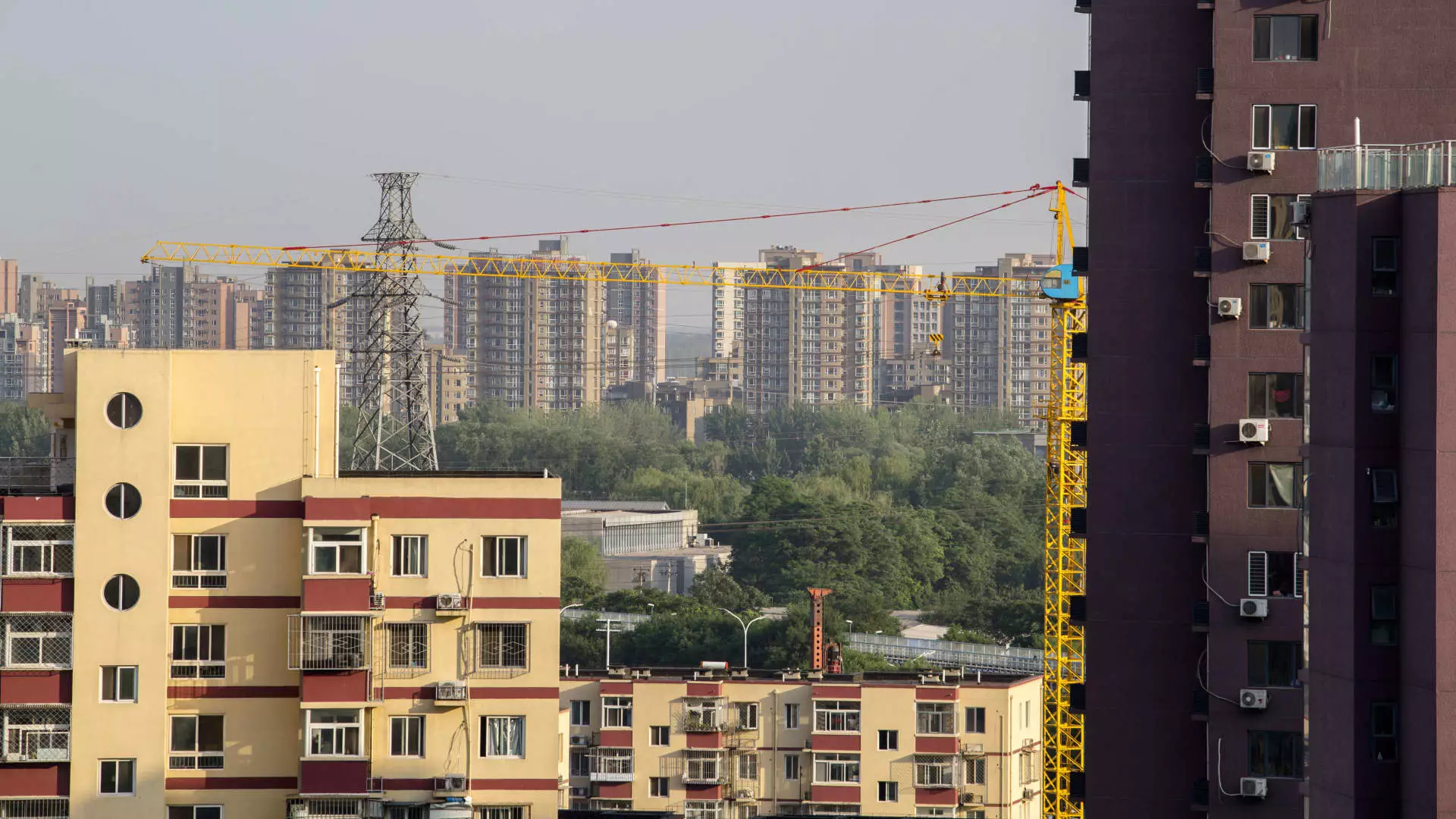The Chinese property market has long been a pillar of its economic growth, contributing significantly to both urban development and financial stability. However, as seismic shifts in this sector unfold, recent policy announcements aim to alleviate the burdens shouldered by homeowners while reigniting a faltering real estate landscape. After extensive deliberations by top financial regulators, the future of China’s property market looks set for a transformative phase, albeit with accompanying caveats.
On a pivotal Tuesday, Chinese regulators, led by Pan Gongsheng, Governor of the People’s Bank of China (PBOC), unveiled several monetary easing strategies targeted at revitalizing the property market. Significant changes include an average reduction of 0.5 percentage points in existing individual mortgage interest rates and a decrease in the down-payment ratio for second homes from 25% to 15%. Notably, this marks the first occasion where first and second home down payment requirements have been harmonized, which may present new opportunities for potential buyers and investors alike.
The implications of these adjustments are profound; the PBOC estimates that the changes could alleviate household interest payments on mortgages by roughly 150 billion yuan (approximately $21.25 billion) annually. This financial relief could create a ripple effect, encouraging consumer spending and investment, thereby helping to stabilize the real estate sector that has been reeling from a prolonged downturn.
Market Reactions: Immediate Impact on Property Stocks
Following the announcement, there was a pronounced surge in the Hang Seng Mainland Properties Index, climbing as much as 5%. Stocks of several Hong Kong-listed real estate developers also experienced significant gains, showcasing a remarkable market bounce back. For instance, companies such as China Resources Land, Longfor Group Holdings, and China Overseas Land & Investment saw their shares increase by as much as 4.49%, 4.57%, and 5.41%, respectively. Such immediate reactions indicate a market that is keenly responsive to regulatory support, even as underlying challenges remain.
However, it’s crucial to analyze the broader environment. A cursory evaluation of the real estate landscape reveals that previous interventions have had limited success, with property-related investments plummeting over 10% in the first eight months of the year compared to the same time frame last year. This context lends a more cautious interpretation to the recent measures, suggesting that while optimism is present, the path to recovery may still be fraught with obstacles.
Despite the apparent benefits these new policies aim to provide, experts caution against premature optimism. Analysts like William Wu from Daiwa Capital Markets highlight that while reducing rates on existing loans may lighten the financial load for current homeowners, it may not sufficiently stimulate demand for new homes—arguably a critical factor for any real estate recovery. The concern is further amplified by the potential slowdown in the PBOC’s capacity to lower loan prime rates, which could impose restrictions on the overall mobility of capital within the sector.
Furthermore, the PBOC’s decision to lower banks’ reserve requirements by 50 basis points aims to enhance liquidity in the financial system. Still, this measure alone may not suffice to invigorate an industry beset by rising debt levels among both developers and homeowners. The intrinsic complexities of the market call for a more comprehensive strategy, incorporating both financial incentives and structural reforms to effectively pivot the housing sector back toward stability.
The Road Ahead: Recommendations for Sustained Recovery
Economic analysts like Bruce Pang of JLL stress the urgency for multidimensional support tailored not only to alleviate the financial burden on homeowners but also to invigorate real estate investment and construction activities. While regulatory measures are pivotal, reinforcing the foundations of the housing industry necessitates a partnership between financial institutions and real estate developers.
Looking further down the line, as reported by Bloomberg, there are discussions of allowing homeowners to renegotiate loan terms and explore refinancing options with different banks. If this were to materialize, it could provide additional flexibility and encourage proactive financial management among homeowners, contributing to a healthier real estate ecosystem.
While the recent monetary easing measures present a glimmer of hope for China’s beleaguered property sector, the pathway to sustainable recovery is laden with challenges. A collaborative effort involving effective regulatory frameworks, financial support for developers, and consumer-focused policies will be essential in navigating the intricacies of China’s real estate market. As policymakers and stakeholders continue to adapt, the ongoing resilience of this vital sector remains a critical focal point for the nation’s economic stability.

